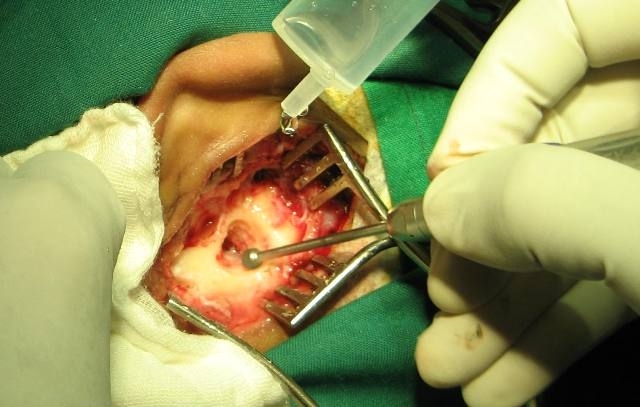Mastoid Surgery
A mastoidectomy is a surgical procedure that removes diseased mastoid air cells. These cells sit behind your ear in a hollow space in your skull. The diseased cells are often the result of an ear infection that has spread into your skull. The infection sometimes spreads to the temporal bone.
The mastoid, along with the tympanic, squamous, and petrous bones, form the temporal bone. A number of critical structures are either located within or traverse through the temporal bone. The temporal bone is located between the occipital bone posteriorly, the parietal bone superiorly, the sphenoid bone anterior medially, and the soft tissues of the neck inferiorly. The mastoid has a cortical osseous covering of varying thickness and is filled with very thin osseous septations, which form an air cell system similar in appearance to the ethmoid paranasal sinus.
What is a radical Mastoidectomy?

